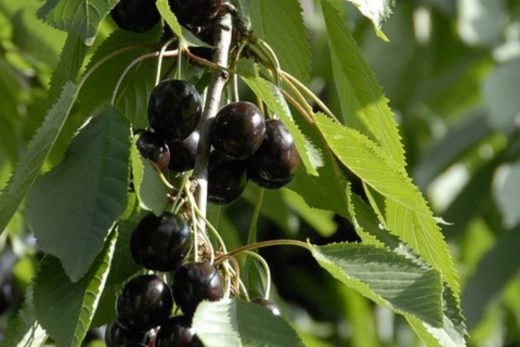Tequila: A Brief History
The roots of tequila stretch far into history, back before Europeans arrived in the Americas. Agave has been cultivated for centuries, used as both a flavoring and a sweetener, as well as being fermented into mildly alcoholic drinks such as pulque, which dates back at least 2,000 years.
When the Spanish arrived, they brought along the knowledge of distillation; and lucky for them, they found a plant (agave) whose juices they could readily distill. Tequila’s ancestor was born. The first mezcals appeared in the 1500s, and the beverage spread throughout Mexico over the following centuries, eventually being exported back into Spain. The first tequila factory was established in 1600, in Jalisco, but no one knows exactly where; no historical records of the location survive. By 1800, tequila makers had taken a cue from aged Spanish brandy and began aging tequila in wood.
Tequila made three significant inroads into the U.S. market before it became the hot item it is today. The first was during Prohibition, when supplies were smuggled into Southwestern states, to help meet the demand for hooch. This first surge in tequila’s popularity waned during the Great Depression.





